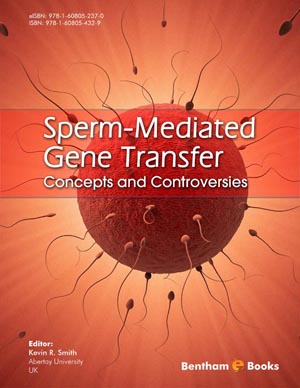Abstract
Transgenic research has been developed for several purposes including genetic improvement of aquacultured species and production of experimental models for biomedical research. Microinjection of DNA into pronuclei/nuclei of fertilised eggs is the technique that has been most used and applied successfully in transgenic animal production. However, this technique is laborious, time-consuming and it is limited by egg characteristics of some species. In aquatic animals such as marine finfish and shellfish the obstacles are even higher since these organisms have, in general, small and fragile eggs associated with high mortality during the first stages of development. Thus, en masse transgenesis methods such as Sperm Mediated Gene Transfer (SMGT) or Testis Mediated Gene Transfer (TMGT) could be useful for the production of genetically modified aquatic species. Although SMTG has been proved to be a good alternative for en masse transgenesis, this technique will only be routinely applicable in the near future if further investigations are focused on the factors that influence the interaction between spermatozoa and exogenous DNA as well as the processes that regulate transgene integration and expression.
Keywords: Aquaculture, DNA uptake, Expression, Finfish, Integration, Shellfish, Spermatozoa, Sperm mediated gene transfer, Testis mediated gene transfer, Transgenesis, Transgenic.






















